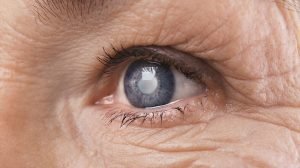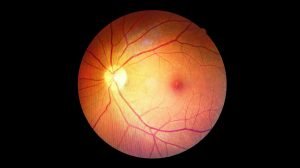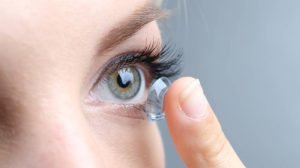What Is Digital Eye Strain?
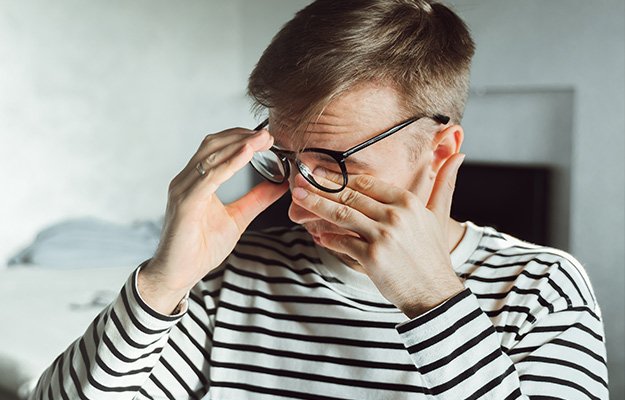
Digital eye strain, also known as computer vision syndrome (CVS), is a common condition that occurs when individuals spend extended periods of time looking at digital screens, such as computers, smartphones, tablets, and other electronic devices. It is characterized by a range of eye discomfort and vision problems that can develop or worsen as a result of prolonged screen use.
What are the causes and symptoms?
Some common symptoms of digital eye strain include:
- Eye Fatigue
- Blurred Vision
- Dry Eyes
- Headaches
- Neck and Shoulder Pain
- Difficulty Focusing
- Sensitivity to Light
- Difficulty Sleeping
The causes of digital eye strain are multifactorial and include:
- Screen Glare
- Blue Light Exposure
- Screen Distance and Angle
- Uncorrected Vision Problems
- Screen Use Duration
What is the connection between blinking and Digital Eye Strain?
Blinking is closely tied to digital eye strain because it directly affects the stability of the tear film and the overall comfort of the eyes. By being mindful of your blinking habits and taking steps to maintain proper eye lubrication, you can reduce the risk of discomfort and eye strain associated with prolonged screen use.
Most people blink between 15 and 20 times per minute.
Blinking is essential to keep your eyes in good shape. It will clean and moisten the eyes. Blinking clears debris like tiny dust particles from your eye surface. Blinking also distributes the secretions from your tear glands, your tears, over the exposed area of your eyeball and thus provides oxygen and nutrients to the eye surface.
All this is necessary to prevent infections and see clearly.
Recent research also shows that blinking allows your brain to rest briefly so you can better focus afterward.
What happens when you blink less often?

Your eyes will dry out if you don’t blink often enough. This will cause irritation, redness, pain, and blurry vision.
You will also have a higher risk of infection because debris like dust particles will not be cleared away by blinking and lack of oxygen.
Your cornea needs the tear film for oxygen supply since it does not have blood vessels. The tear film gets distributed over your cornea every time you blink. If you don’t blink, the cornea will swell due to lack of oxygen, and this will cause blurry vision.
Not blinking for a prolonged time can happen when your eyelids don’t close completely while sleeping. If you blink less often than usual, your cornea will still have enough oxygen.
Why do we blink less often?
Blinking is an automatic movement of the eyelids. You blink without thinking about it. You tend to blink less when you focus hard on a particular task or object.
Staring at a computer screen, tablet, or cellphone has that same effect.
Research shows that the blinking rate can drop by 60%, causing ‘digital eye strain and dry eyes. Since our eyes have never had more screen time than nowadays, eye strain and dry eyes are dramatically on the rise, even in young children.
What to do: Follow the 20/20/20 rule
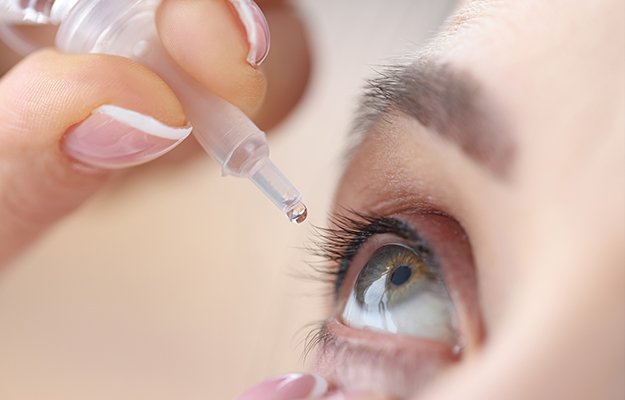
The 20/20/20 rule is a simple and effective technique to help relieve and prevent digital eye strain. It encourages you to take regular breaks from screen time to reduce eye strain and discomfort. Here’s how the 20/20/20 rule works:
- Every 20 minutes: While working or using a digital device, set a timer or reminder to take a break every 20 minutes. This break can be brief but should involve taking your eyes off the screen.
- Look at something 20 feet away: During your break, shift your focus to something in the distance, approximately 20 feet (about 6 meters) away. This allows your eye muscles to relax and helps reduce strain on your eyes.
- For at least 20 seconds: While looking at the distant object, blink your eyes several times and allow them to rest for at least 20 seconds. Blinking helps moisten your eyes and reduces the risk of dryness and irritation.
Other practical tips to prevent digital eye strain are:
- Increase font size
- Position your screen a little further away, at least at arm’s length
- Dim the brightness on your screen
- Use lubricating eye drops
- Correct your vision with the right prescription and wear your eyeglasses
- Ensure Proper Lighting


